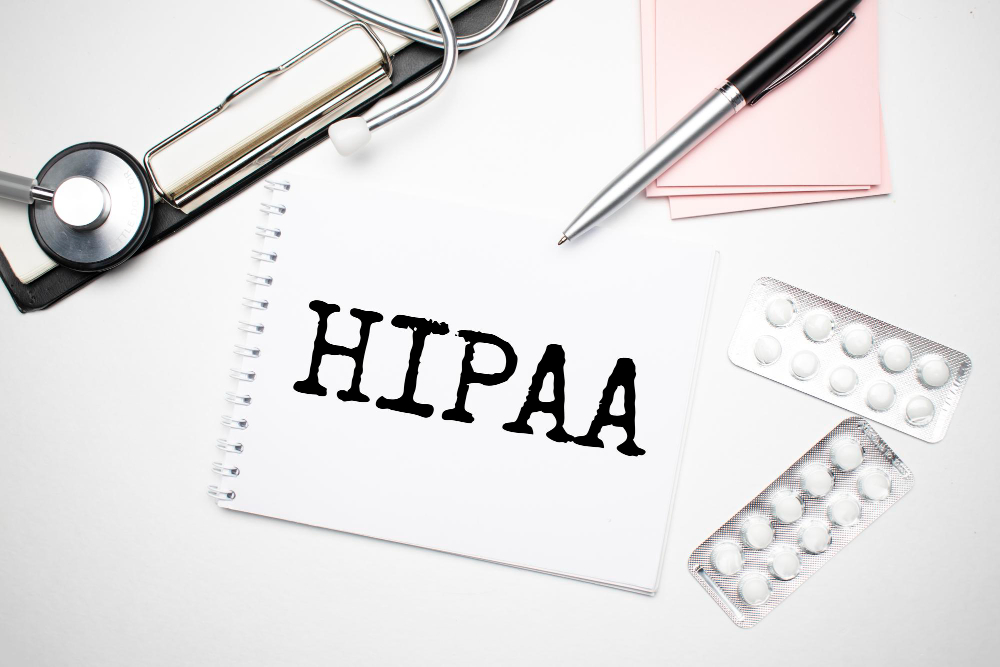
Effective Data Protection Strategies for Ensuring HIPAA Compliance
Introduction

In the healthcare industry, protecting patient data is not just a legal obligation but a moral one. With the increasing reliance on digital records, developing a data protection strategy that complies with HIPAA (Health Insurance Portability and Accountability Act) is essential. HIPAA plays a critical role in ensuring the security of Protected Health Information (PHI), helping healthcare organizations safeguard sensitive data.
Components of a Data Protection Strategy

Ensuring Security and Availability of PHI
The core of any data protection strategy is to ensure the security and availability of PHI. This involves implementing physical, technical, and administrative safeguards that align with HIPAA’s requirements. Security measures should protect data from unauthorized access while ensuring it is available to authorized personnel when needed.
Meeting HIPAA and HITECH Regulations

To achieve full compliance, your data protection strategy must meet the regulations outlined in both HIPAA and the HITECH Act. This includes addressing the privacy and security rules that govern the handling of PHI and ensuring that your practices are up to date with current laws.
Maintaining Visibility and Control of Sensitive Data
Visibility and control are key elements of data protection. Healthcare organizations must be able to track where sensitive data is stored, who has access to it, and how it is used. Implementing monitoring tools and regular audits can help maintain control and prevent data breaches.
Best Practices

Recognizing and Protecting Patient Data in All Forms
Patient data exists in various forms, including electronic records, paper files, and even verbal communications. Recognizing all forms of patient data and applying consistent protection measures across all formats is crucial to maintaining HIPAA compliance.
Secure Data Sharing to Ensure Patient Care

Secure data sharing is vital for providing quality patient care. However, it must be done in a way that complies with HIPAA regulations. Implementing encryption, secure messaging systems, and controlled access protocols can ensure that data sharing does not compromise patient privacy.
Conclusion

A comprehensive data protection strategy is essential for HIPAA compliance and for protecting patient data in today’s digital healthcare environment. By prioritizing data security and staying compliant with HIPAA and HITECH regulations, healthcare organizations can protect sensitive information while continuing to provide high-quality care.